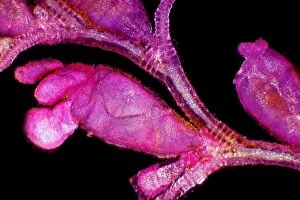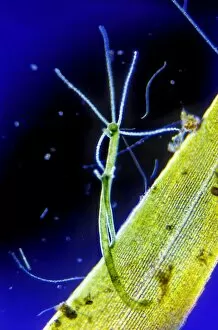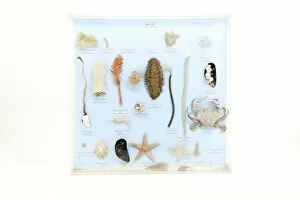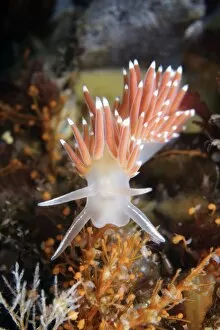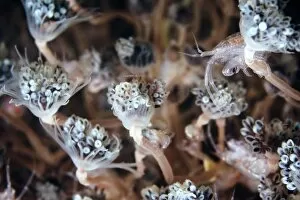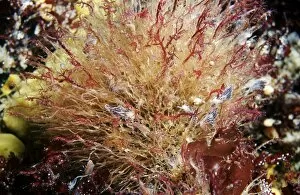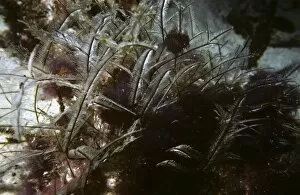Hydroid Collection (#2)
Hydroid: Fascinating Creatures of the Ocean From the vibrant waters of Tenerife to the depths of Trondheimsfjord
For sale as Licensed Images
Choose your image, Select your licence and Download the media
Hydroid: Fascinating Creatures of the Ocean From the vibrant waters of Tenerife to the depths of Trondheimsfjord, hydroids have captivated marine enthusiasts with their unique characteristics and remarkable adaptations. These incredible creatures can be found in various parts of the world, each with its own intriguing story. In the Canary Islands, a Portuguese man o' war (Physalia physalis) gracefully floats on the surface, its deadly tentacles trailing beneath. Within these venomous appendages resides an unlikely resident - the Man-of-war fish (Nomeus gronovi). This resilient fish has developed a resistance ten times stronger than any other species, allowing it to coexist harmoniously with its dangerous host. Venturing further into Caribbean waters, we encounter another fascinating relationship between two ocean dwellers. The Blue dragon seaslug (Glaucus atlanticus), adorned in mesmerizing hues, finds solace within a Blue button hydroid colony (Porpita porpita). Together they create an enchanting spectacle that showcases nature's artistic prowess. On distant shores where thousands of Indo-Pacific Portuguese man-of-war wash ashore during a mass stranding event, there exists a creature immune to their venom - the Blue sea slug (Glaucus atlanticus). As if plucked from mythology itself, this tiny slug preys upon these formidable beings without fear or consequence. Closer to home in Derbyshire's garden pond lies yet another marvel - Green hydra (Hydra viridissima). Its delicate form and vivid coloration add beauty to even our most humble surroundings. A reminder that wonders can be found right at our doorstep. Moving across continents to Red Sea coral reefs teeming with life and vibrancy; female Scalefin anthias fish paint orange streaks against an underwater canvas dominated by corals. Amongst them lurks one of nature's masterpieces - Portuguese Man-of-War (Physalia physalis).

